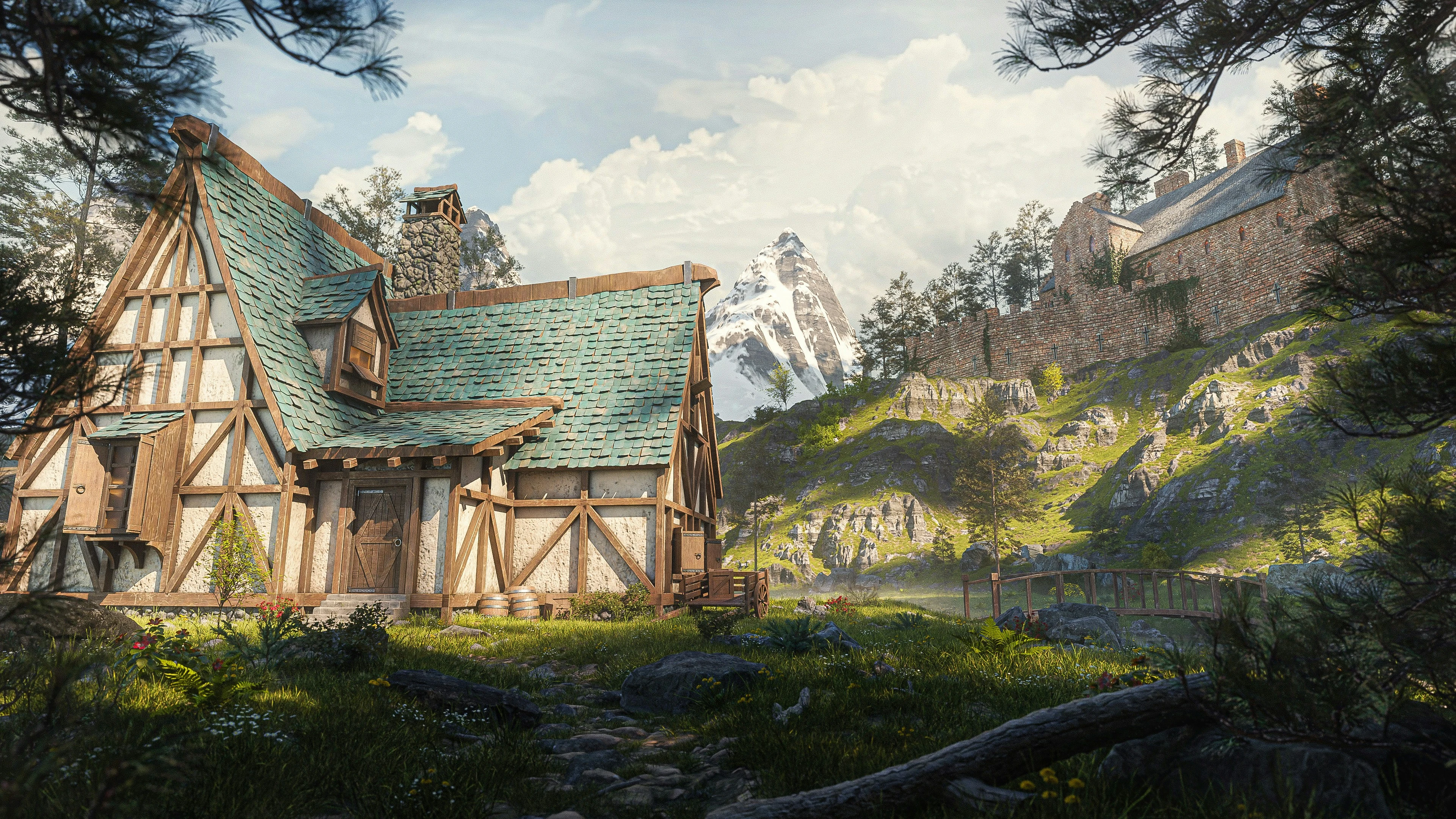How Artistic Choices Shape Storytelling in Indie Game Development

The Role of Art in Indie Game Storytelling
In the world of indie games, artistic choices are not merely aesthetic decisions; they are integral to the narrative and emotional experience. Unlike big-budget titles, indie developers often use unique visual styles to set their games apart and tell stories in ways that traditional methods cannot. This article explores how specific games like Cuphead and Journey leverage unconventional art styles to create immersive worlds and influence player experiences.
Case Study: Cuphead's Vintage Animation Style
Cuphead, developed by Studio MDHR, stands out for its commitment to recreating the classic 'rubber hose' animation style reminiscent of 1930s cartoons. This choice was not just about nostalgia; it deeply impacts the storytelling by immersing players in a whimsical yet challenging world that feels both fresh and familiar. The hand-drawn animations and watercolor backgrounds contribute to a sense of authenticity and craftsmanship.
Advantages of the Style
- Nostalgia: The game taps into a collective memory of vintage cartoons, appealing to players’ nostalgia while introducing them to a novel gaming experience.
- Visual Cohesion: The art style creates a cohesive visual language that enhances the game's thematic focus on whimsical, surreal adventures.
- Distinctive Identity: The unique style sets Cuphead apart from other platformers, making it instantly recognizable.
Challenges Faced
- Resource Intensity: Hand-drawing each frame is labor-intensive, requiring significant time and effort compared to digital animations.
- Niche Appeal: While the style is distinctive, it may not appeal to all players, potentially limiting the audience.
When to Use This Approach
Opt for this style if your game's narrative can benefit from a nostalgic or vintage feel, especially if you aim to create a unique identity within a saturated genre. Be prepared for the resource commitment involved in hand-drawn animations.
Case Study: Journey's Minimalist Elegance
The artistic choice in Journey, developed by Thatgamecompany, exemplifies how minimalism can evoke profound emotional responses. The game’s stark, vast desert landscapes contrast with its vibrant color palette to tell a story of solitude, discovery, and connection without uttering a single word.
Advantages of Minimalism
- Emotional Impact: The minimalist art allows players to project their feelings onto the game, fostering a deeper emotional connection.
- Universal Appeal: Without dialogue or text, the storytelling becomes universally accessible, transcending language barriers.
- Aesthetic Beauty: The clean, simple visuals can create breathtaking scenes that captivate players.
Challenges Faced
- Narrative Depth: The lack of explicit storytelling elements requires careful design to ensure players understand and connect with the narrative.
- Pacing and Engagement: Maintaining player interest in a minimalist world requires skillful pacing and gameplay design.
When to Use This Approach
Minimalism is effective for games where the narrative is conveyed through atmosphere and player interaction rather than dialogue or complex plots. It's ideal if you want to evoke emotions organically and appeal to a global audience.
Contrasting Approaches: Detailed vs. Minimalistic Art
Choosing between detailed and minimalist art styles significantly impacts how a story is told within a game. Each approach has its strengths and best use cases:
- Detailed Styles: Use when the narrative benefits from rich lore and world-building elements. This approach can captivate players who appreciate intricate details and depth in storytelling.
- Minimalistic Styles: Opt for this when aiming for emotional resonance through simplicity and universal themes. It works best when gameplay is intended to be meditative or exploratory.
Practical Tips for Developers
Selecting an art style for your indie game should align with both your narrative goals and resource capabilities. Here are some practical tips:
- Define Your Narrative Goals: Understand what you want players to feel or experience. Choose an art style that enhances these emotional targets.
- Assess Your Resources: Consider your team's skills and time constraints. Some styles require more resources than others.
- Create Concept Art Early: Develop concept art early in the design process to visualize how your chosen style supports storytelling.
The Future of Art in Indie Games
The landscape of indie game development continues to evolve as new technologies emerge, providing developers with innovative tools to experiment with artistic expression. As we look to the future, the convergence of technology and creativity will undoubtedly yield even more diverse and captivating narrative experiences.





